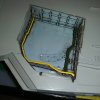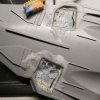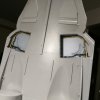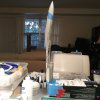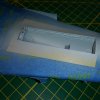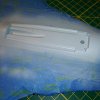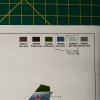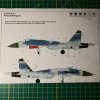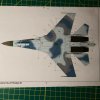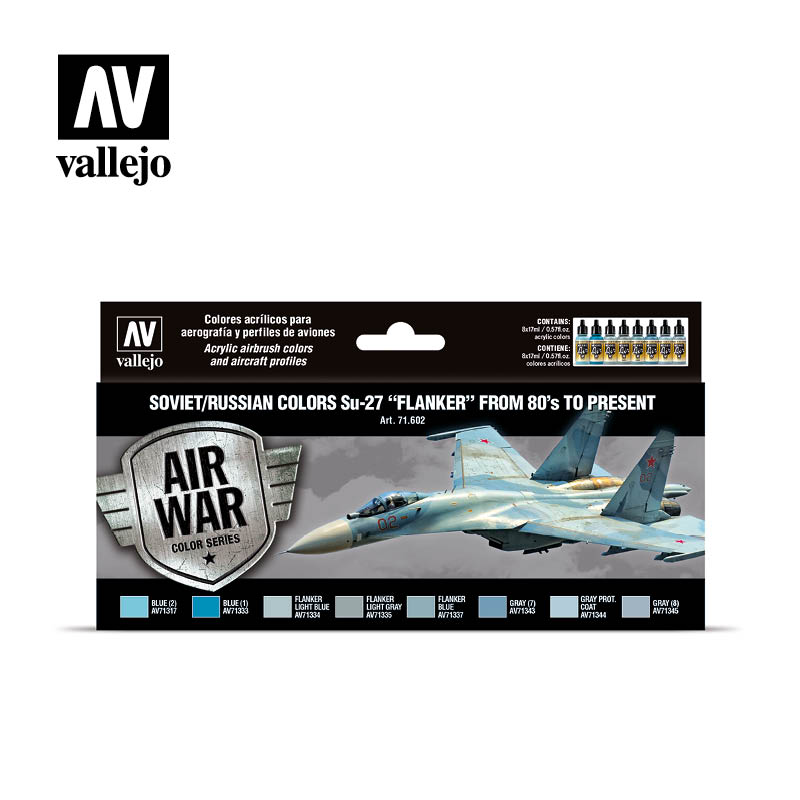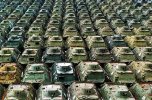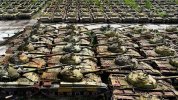A lot of people don’t know this at all, which is not a problem in daily life. But a fair number of modellers have ended up choosing or mixing paints based on photographs printed in reference books in an attempt to get accurate colours …
All this, BTW, is aside from the question of, “What
is an accurate colour for my subject?” If you’re building something like civilian car, that will be fairly straightforward — just buy paint intended for touching up the real thing. For military stuff, this is a little more … complicated

Not only might it be difficult to find out what the colour on the real thing actually is (either because this is kept secret or because no true, colour-correct sample of the original paint is known), but you may not be able to buy original paint, and if you can, it will not usually be suitable for using on a model anyway (far too thick, probably). Also, in service the colours tend to fade, weather, discolour, get touched up with new paint, etc.
@Tim Marlow likes to post a picture of a field full of 1960s Russian armoured cars, no two of which are the same shade of military green

This F/A-18 Super Hornet is a good aircraft example:
US NAVY F18 Hornet Running through Rainbow Canyon 14th March 2018 by
JC96 Photography, on Flickr
The whole underside
should be a single colour grey …
And then we get into ”scale effect”, which some modellers contend should be taken into account while others claim it doesn’t exist. Scale effect is the theory that a model painted in the exact same colour as the original will look darker than the original, because the model reflects less light due to being smaller. Therefore, the proponents say, you should start with the real colour and then lighten it to compensate. Some people who adhere to this theory add as much as 30–40% white to the base colour for small-scale models.
My own thoughts on the matter are that if you want an accurate colour, it’s best to research what the real thing was/is painted in, and then pick a
model colour that seems to fit. No need to go for 100% accuracy, but if, for example, you find out that the light grey paint on your aircraft has a distinct blue tinge to it, then select (or mix) a light grey model paint that is slightly blue — not a light brown grey or a light grey-green.




